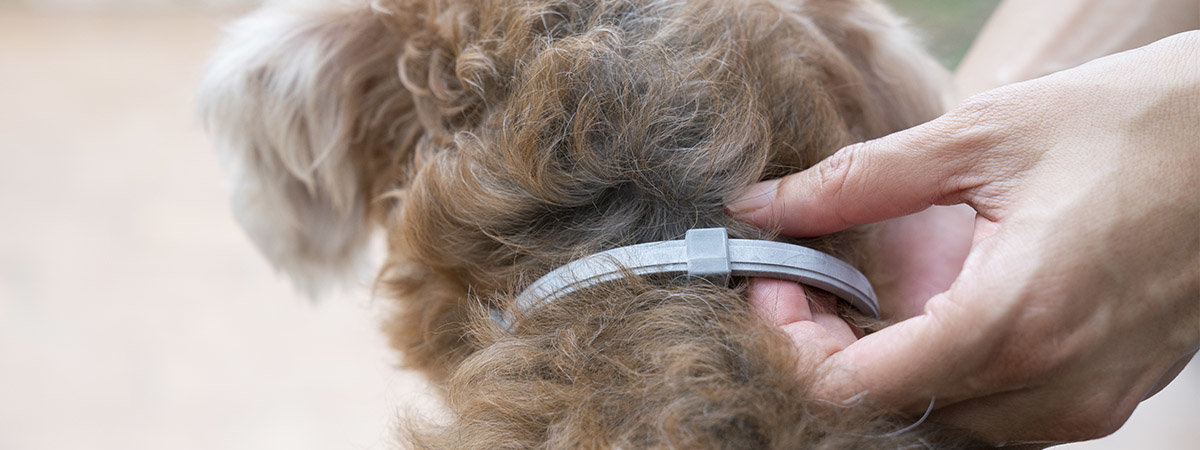
Fleas and ticks are common pests that can cause serious health problems in pets and humans alike. Flea and tick collars are one of the most popular ways to protect pets from these pests. In this article, we'll take a closer look at flea and tick collars, how they work, and what you should consider before buying one for your furry friend.
Flea and tick collars are designed to prevent fleas and ticks from infesting your pet's coat. These collars contain chemicals that repel or kill fleas and ticks, and they are worn around your pet's neck like a regular collar. There are two main types of flea and tick collars: those that repel pests and those that kill them.
Repellent flea and tick collars work by emitting a scent that fleas and ticks find unpleasant. This scent can be derived from natural sources like essential oils or synthetic chemicals like permethrin. When a flea or tick comes into contact with the scent, they are deterred from getting close to your pet and may choose to jump off instead. While these collars don't kill pests, they can be effective at preventing infestations and reducing your pet's risk of disease transmission.
On the other hand, killing flea and tick collars work by releasing an insecticide that is absorbed by your pet's skin and coat. These collars can kill fleas and ticks on contact and provide continuous protection for several months. The insecticide used in these collars is usually a pyrethroid, which is a synthetic version of a natural insecticide found in chrysanthemum flowers. Pyrethroids are generally safe for pets and humans when used as directed, but they can be harmful if ingested or used improperly.
When shopping for a flea and tick collar, there are a few things to keep in mind. First, consider your pet's lifestyle and environment. If your pet spends a lot of time outdoors or in wooded areas, they may be at a higher risk for flea and tick infestations. In this case, a killing collar may be more effective at protecting your pet. However, if your pet has sensitive skin or is prone to allergic reactions, a repellent collar may be a better option.
Next, consider the type of pest control used in the collar. If you prefer a natural option, look for collars that use essential oils like lavender or peppermint as a repellent. However, keep in mind that natural options may not be as effective as synthetic chemicals. If you choose a killing collar, make sure the active ingredient is a pyrethroid, which is safe for pets and humans when used properly.
Finally, make sure to follow the manufacturer's instructions carefully when using a flea and tick collar. This includes choosing the correct size collar for your pet, adjusting it properly, and monitoring your pet for any signs of skin irritation or allergic reactions. If you notice any adverse reactions, remove the collar immediately and consult with your veterinarian.
In conclusion, flea and tick collars are an effective way to protect your pet from these common pests. Whether you choose a repellent or killing collar, make sure to consider your pet's lifestyle, the type of pest control used, and follow the manufacturer's instructions carefully. With the right collar and proper care, you can keep your pet and your home flea and tick-free.
